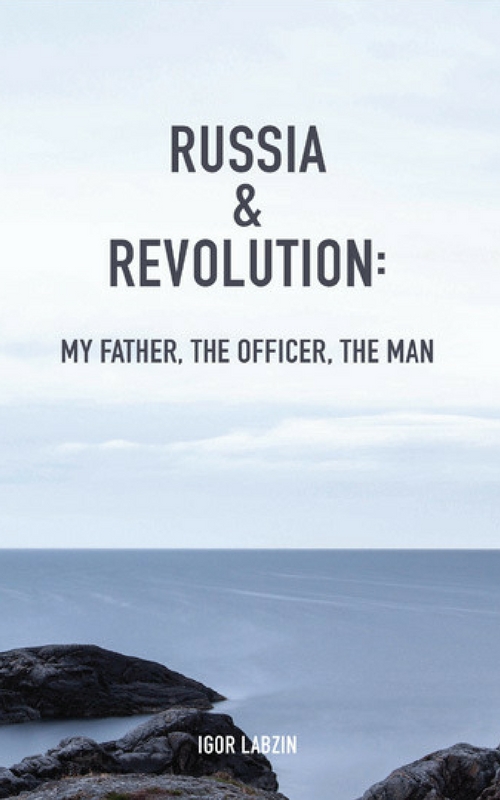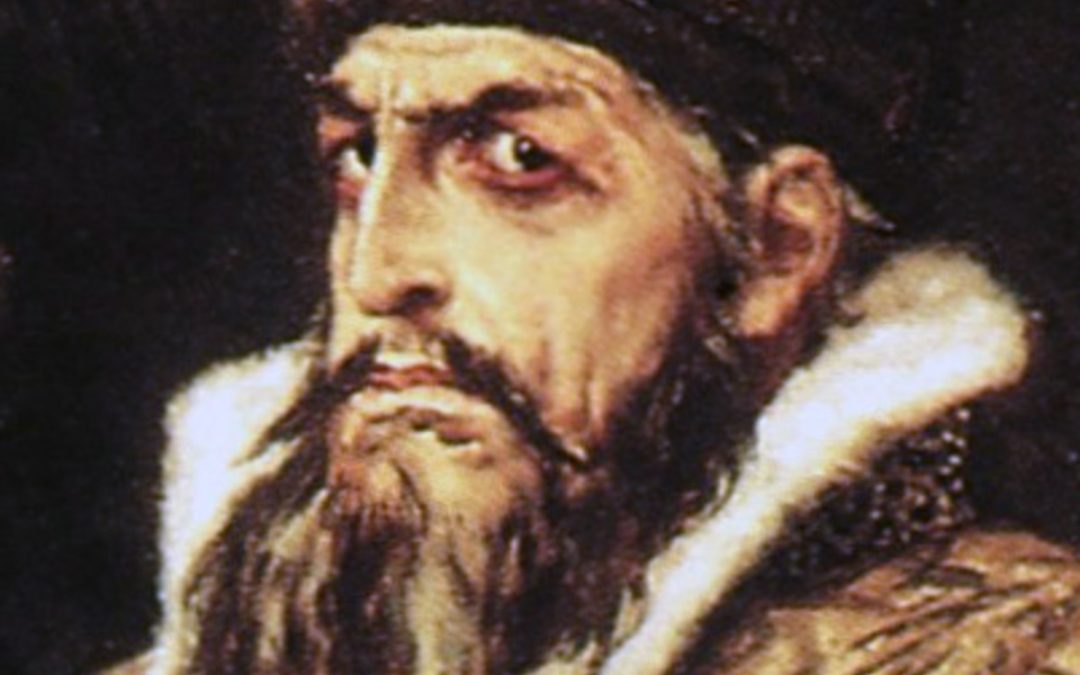
Who were the Boyars?
Who were the Russian Boyars in the 10th century to the 17th century?
Princes by another name?
Russian Tsar Peter the Great, greatly influenced by his travels in Europe, daringly changed the antiquated Russian ruling systems one of them being the Boyars, changing their designations to the more Western royal titles of princes and dukes.
Now, with the approach of the 100 year anniversary of the execution of Tsar Nicholas and his family on the 17th July 1918, one tends to reflect on how such a spectacular and tragic demise of this family marked the end, not only of the 305 year old reign of the Romanov family, but in a broader sense the rule of the Boyars of Russia of whom the Romanovs were the most prominent and successful members.
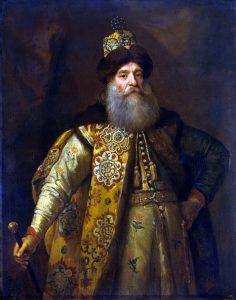
The Boyars (1682,_Hermitage)
Who were these people called The Boyars?
It all started with Rurik, a Viking prince, who established a number of principalities in what is present day Russia in 862 AD and whose lineage continued until it ended with the Tsardom of Russia and the ascension of the Romanovs in 1613.
Under the rule of the Rurikid princes, the Boyars emerged in the 11th century as the upper class of Russian medieval society with considerable political power in the first Russian Slavic state, Kievan Rus. In effect, they became the nobility and some of them became rulers of the various principalities established by Rurik and his successors.
What happened to the Boyar’s power throughout Russian history?
By the 15th century, the centre of power in Russia had moved from Kiev to the Grand Principality of Moscow (Muscovy) with the Boyars still in their position of power and effectively kingmakers.
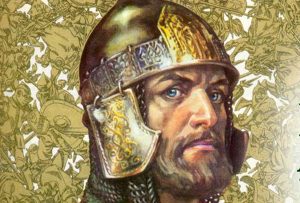 Alexander Nevsky of Russia, World History
Alexander Nevsky of Russia, World History
It was this era that produced such famous Russian historic names such as Prince Alexander Nevsky whose name lives on as the famous Nevsky Prospekt in St Petersburg, Prince Dmitry Donskoy and then of course Ivan IV (Ivan the Terrible or more correctly Ivan the Fearsome). By this time, Muscovy had expanded greatly into the Western part of Russia, as we know it now.
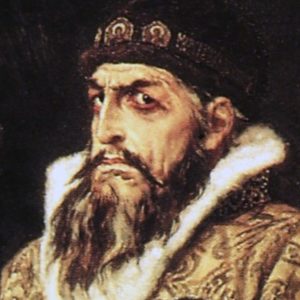 Ivan IV www.biography.com
Ivan IV www.biography.com
Some of the most notable Muscovy Boyars were Boris Godunov (made into an opera), the Golitsyns and of course the Romanovs.
Second only to the Kings in power and status, what happened to the Boyars?
By 1613, the Romanovs had outmaneuvered the other Boyars in the power plays and a young, fragile and ailing teenage Mikhail of the Romanov family left his home in the country on the 13th March 1613 for Moscow. Mikhail was then crowned Michael I, Tsar of Russia. Peter the Great later abolished the Boyar system replacing it with the Western titles of Princes and Dukes.
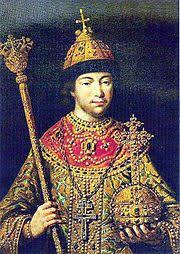 Michael I
Michael I
How disturbingly coincidental then that it was another young, ailing teenager – The Tsarevich Alexei (son of Tsar Nicholas II) that closed the chapter on the Romanov dynasty when executed by the Bolsheviks on the 17th July 1918.
The Romanov’s palace built by Mikhail’s grandfather still stands in Moscow today at No. 10, Ulitsa Varvarka, not all that far from Red Square and is even open for inspection. It is known as the Chambers of the Romanovs Boyars, a fascinating historic museum with its rooms and hallways where the Romanovs lived in the 16th century.
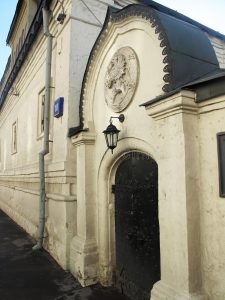
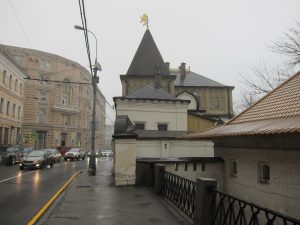
Chambers of The Romanov Boyars. Varvarka St, Moscow – Labzin Family Album
Entrance to Chambers of The Romanov Boyars. Varvarka St, Moscow at Dreamtimes.com
Reference: Simon Sebag Montefiore, 2016, The Romanovs, 1613-1918, London: Weidenfeld & Nicholson

